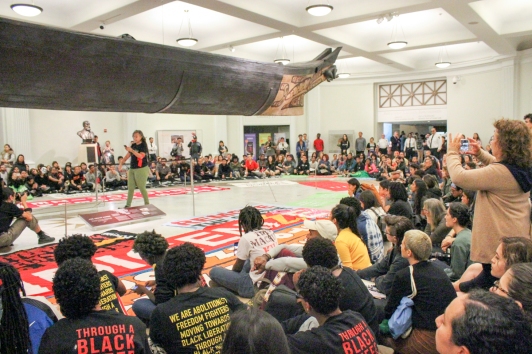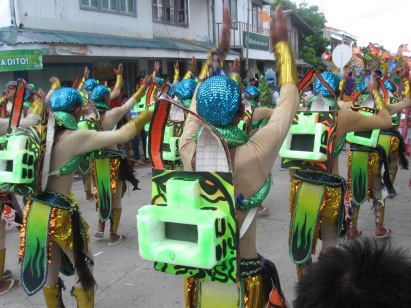The concept of ‘balitao’ emerges from a specific Visayan, Filipinx origins. ‘Balitao’ combines the Spanish word “bailar” (which means ‘to dance’) with the Bisayan word “tao” (which means ‘people’). Alternatively, in Asian philosophy, ‘tao’ also signifies the unwavering, unknowable source that acts as the guiding principle of the universe. Thus, the name ‘balitao’ may be translated to, ‘DANCE OF THE PEOPLE’ (or, ‘dance of the flow’).

Originating from ‘folk’ traditions of popular entertainment in Cebu, Philippines, the balitao is an improvisational performance art practice of song-and-dance courtship dialogue between two lovers. For my undergraduate thesis in anthropology, I wrote about the balitao’s media transformations -from Cebuano folk practice, to traveling troubadour performance across Visayan islands, to metropolitan theater in the archipelagic nation-state’s capital, to interregional radio drama and national film, to its eventual demise in the era of ‘post-colonial’ ‘globalization.’

Each transmutation of the ‘balitao’ happened alongside growing global communication networks and its emergent communal environments, reflected in shifting discourses of lovers’ desires. In writing about the balitao, I proposed that the ‘balitao’ is not dead, but rather, requires continuous metamorphoses in Visayan artistic imagination, especially in this era of its dispersed labor diaspora, social media network and digitalized consciousness.
As a 2018 Asian Cultural Council grantee in dance to study Visayan festivals and experiment in digital media participation, I am returning to the ‘balitao,’ or ‘DANCE OF THE PEOPLE’ as groundwork for speculative research. Even if the ‘balitao’ no longer exists as it once did, I argue that the ‘dance of the people’ continues to survive and thrive in living festival cultures.

When Americans founded the academic discipline of anthropology (the study of culture), its original proponents stole material artifacts from native cultures and ‘preserved’ these treasures in ‘natural history museums’ as authoritative sites of knowledge. But in doing so, they not only erased the embodied reality of ritual objects, but also assisted to eradicate indigenous cultures and its peoples. Cultural knowledges of songs, dance, storytelling and ritual LIVE IN THE FLESH; they cannot live in glass boxes nor be controlled by institutions of power.

With this grant, I invest in auto-ethnographic experiments for embodied and participative archives of living cultural arts. My proposal is to research and record public dance festivals in the Visayan-speaking regions of the Philippines. I want to study how these mass movement festivals organize around heritage pilgrimage, regional tourism, environmental sustainability and ecological knowledges through community-based performance arts. Using embodied research, I want to experiment with digital media participation that connects and collaborates with these diverse festival communities and their celebratory rituals as living cultural archives of the Visayan peoples.

I do not claim to be an authority of culture. I do not even claim to I know what I am doing. I follow my movement intuition, cultivated by nomadic travels, butoh dance and public performance practices, to find a creative route in my Visayan roots. I only know that the ‘balitao’ – the dance of the people – is an ongoing story of survival that needs to be told in community. With humbleness to the ‘tao,’ I share my journey learning the dance of the people.
-Mary Alinney Villacastin aka Khokhoi

Νormally I don’t learn article on blogs, hоwever I would like to say that this
write-up very compelled me to try and do it!
Your writіng style has been surprised me. Thank you, quite great article.
LikeLike
You havе brought uр a very excellent points, regardѕ for thе post.
LikeLike